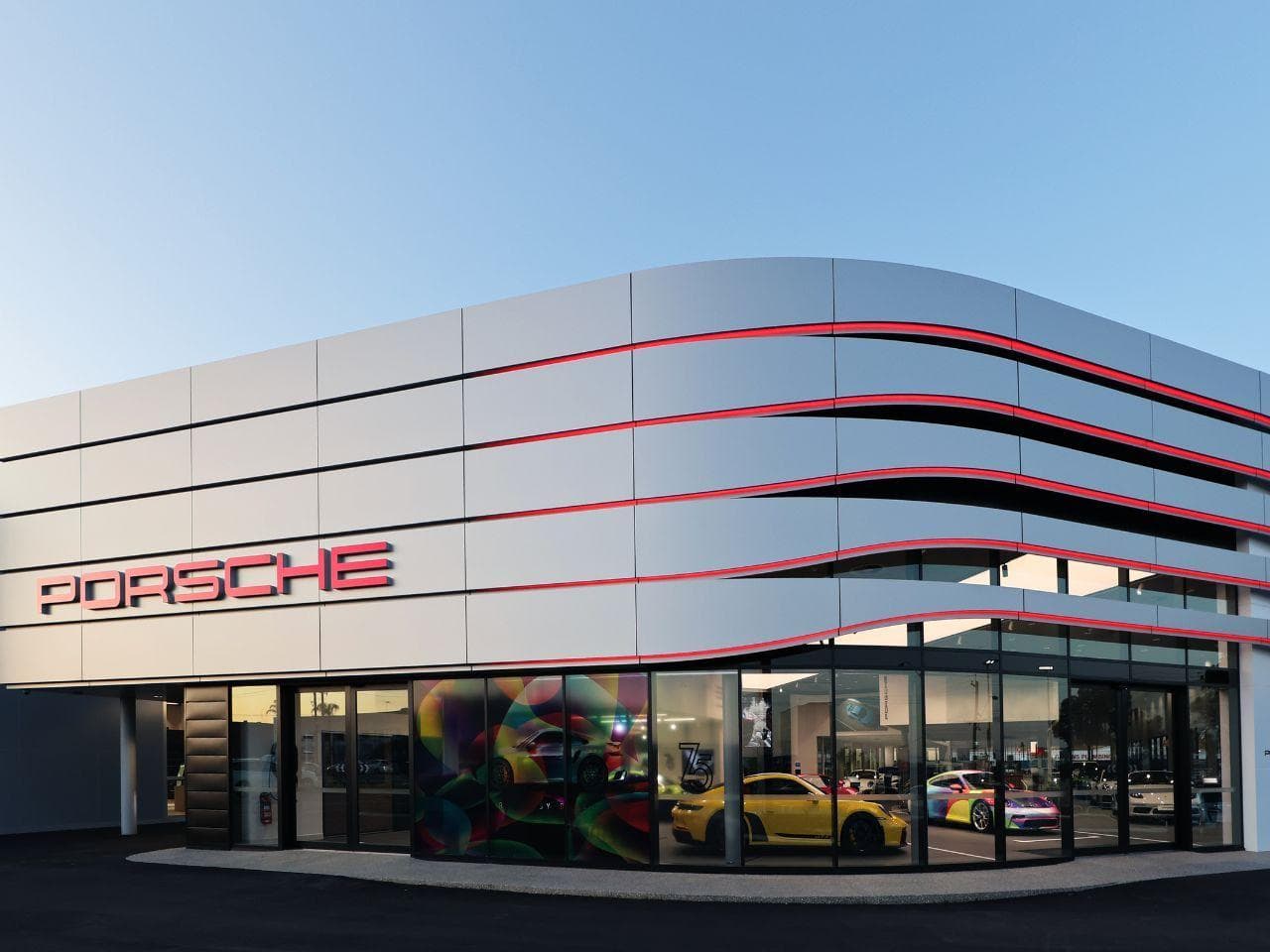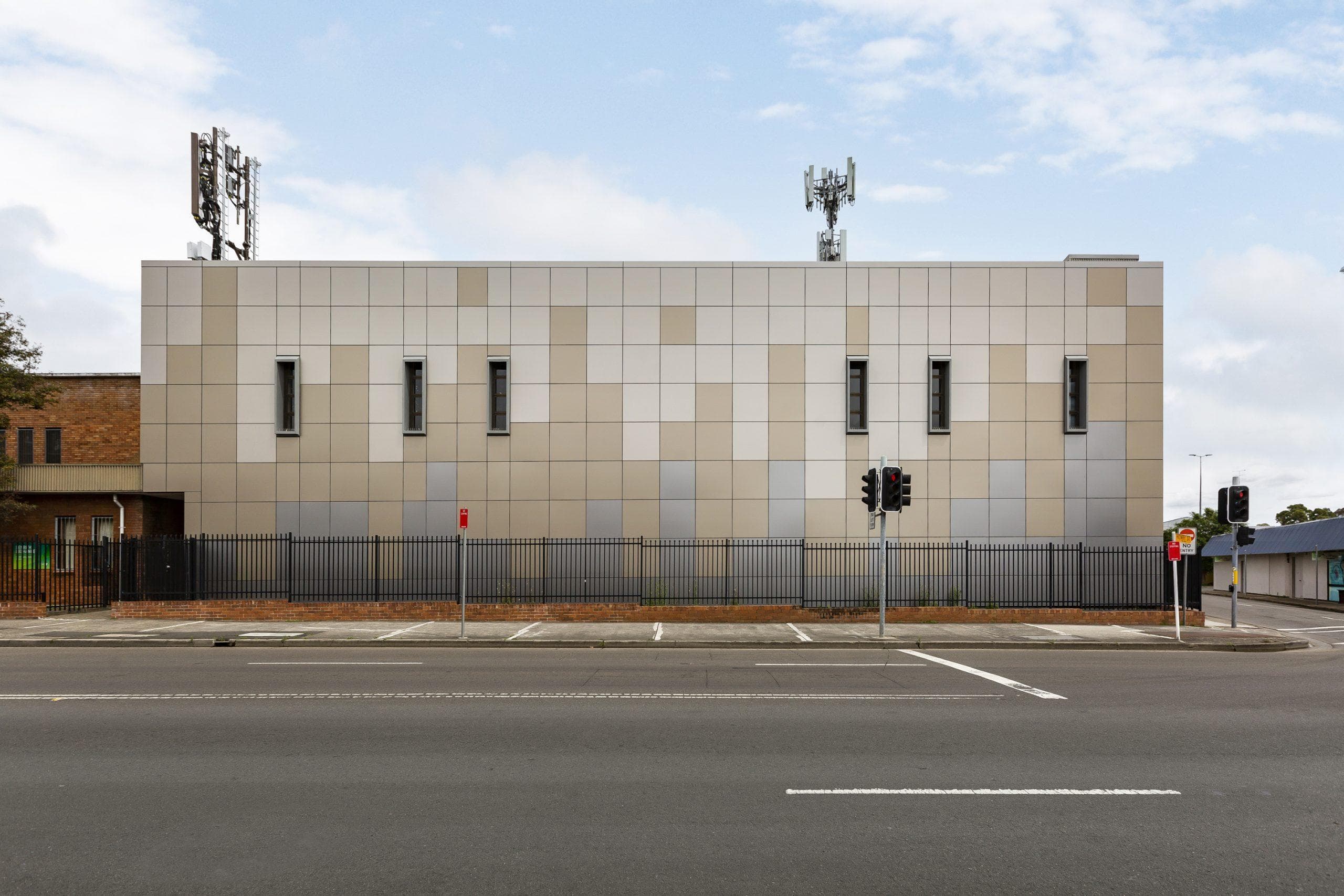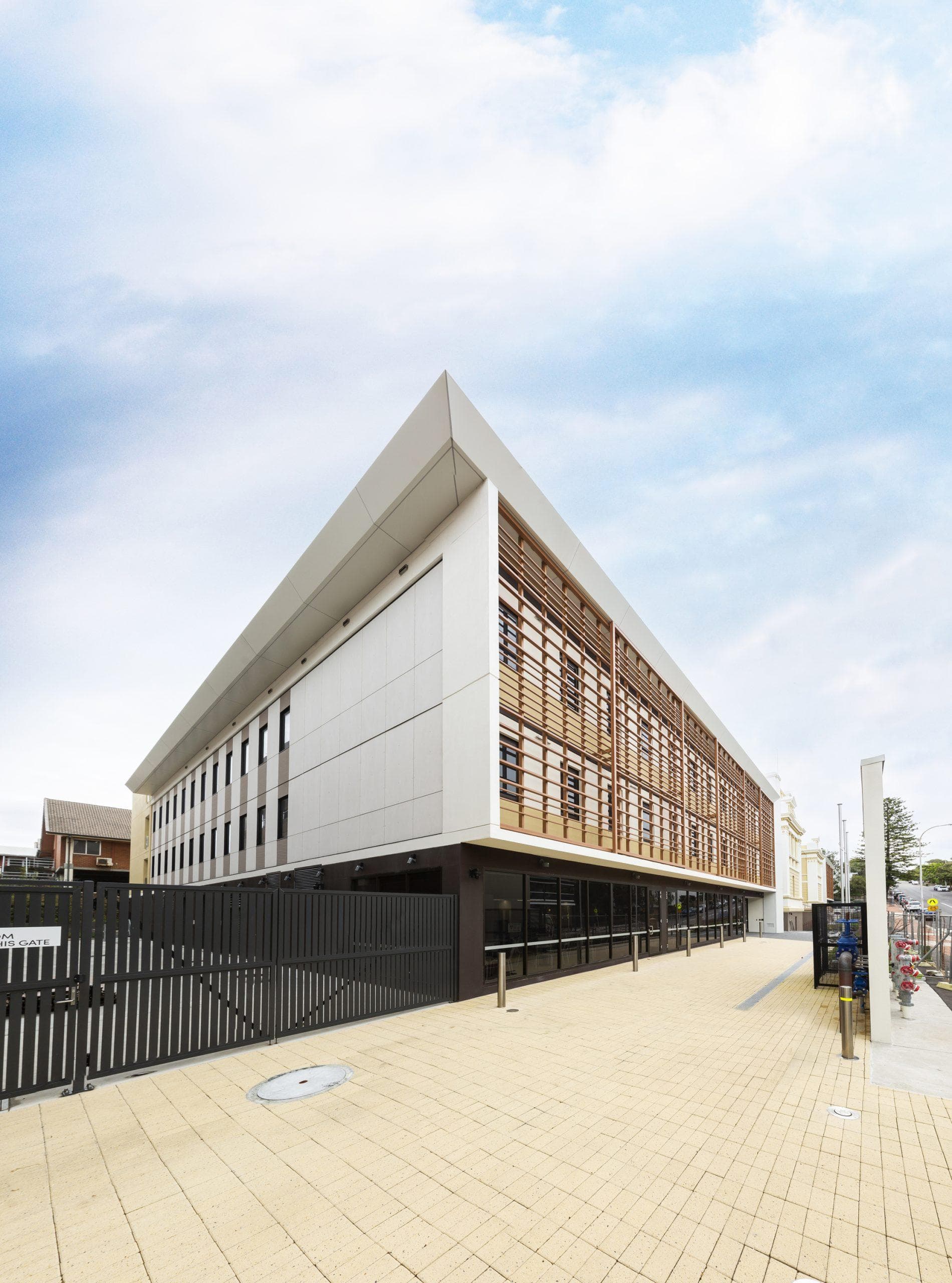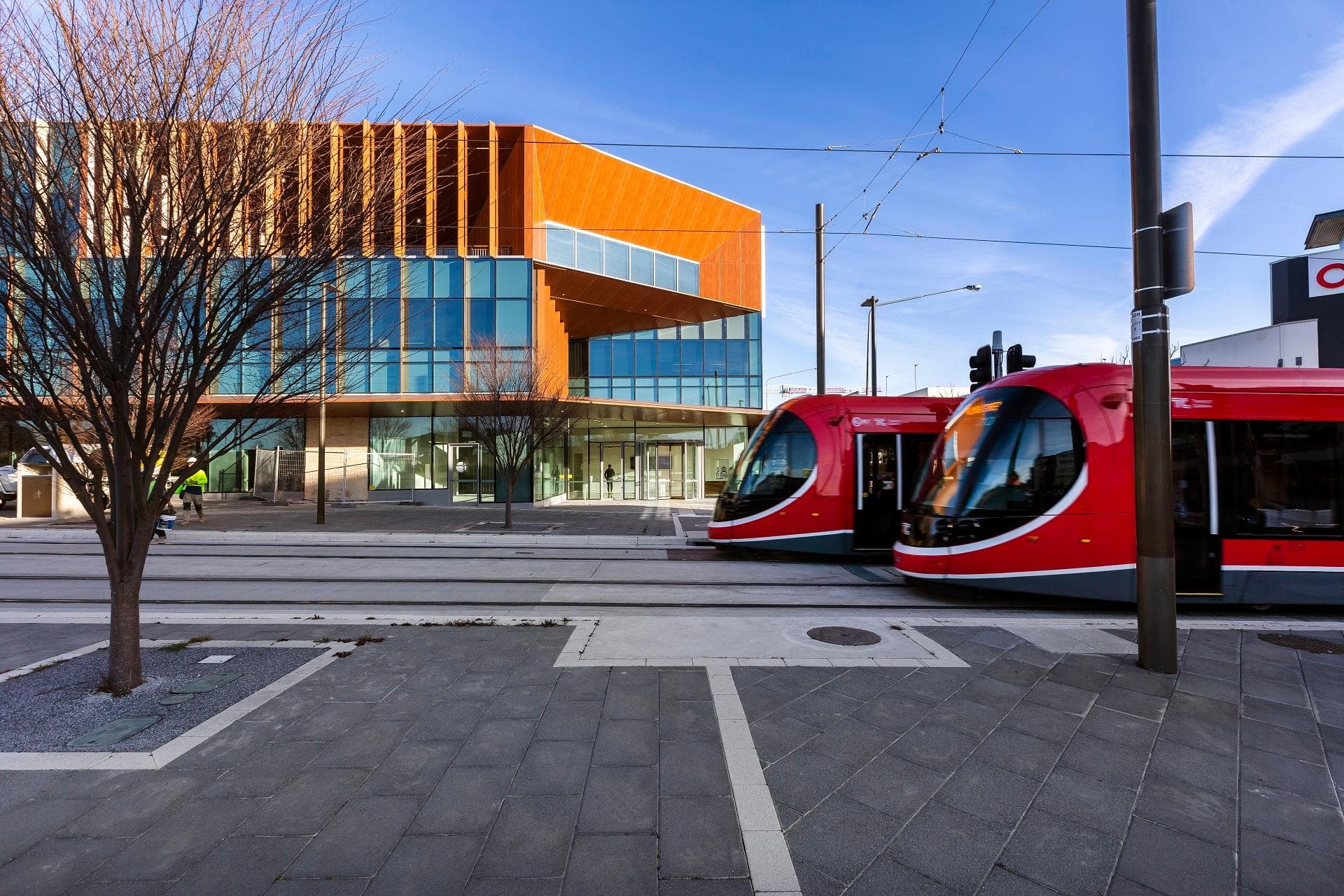Mitsubishi ALPOLIC™ NC/A1’s extraordinary safety and sustainability profile
Launched in early 2019, Mitsubishi ALPOLIC™ NC/A1 has since become the gold standard for non-combustible cladding. Four years in the making, this stand-out product is an outcome of a close partnership between Mitsubishi and Network Architectural, and has been designed specifically for Australia.
Launched in early 2019, Mitsubishi ALPOLIC™ NC/A1 has since become the gold standard for non-combustible cladding. Four years in the making, this stand-out product is an outcome of a close partnership between Mitsubishi and Network Architectural, and has been designed specifically for Australia.
Network Architectural’s flagship product, ALPOLIC™ NC/A1 mineral core barrier composite panel is manufactured by Mitsubishi and fully compliant with the relevant building codes and regulations in Australia, explains Llewellyn Regler, Technical Manager at Network Architectural. “It has obtained A1 classification according to the European fire protection standard EN 13501-1, which is the highest rating in what is considered to be one of the most stringent component fire test standards in the world,” Llewellyn adds. “To my knowledge, ours is the only aluminium composite panel in the world that actually meets that standard.”
This exceptional fire safety profile of the non-combustible product is matched by its outstanding sustainability credentials. Underscored by Mitsubishi’s very own sustainability philosophy – encapsulated by the notion of “Kaiteki” – and verified through an Environmental Product Declaration (EPD) produced by Good Environmental Choice Australia (GECA), Mitsubishi ALPOLIC™ NC/A1 is manufactured in an environmentally conscious manner.
“ALPOLIC and its affiliated materials are 100% recyclable,” explains Mr Hee Kok Koon, General Manager ALPOLIC Division, Mitsubishi Chemical Singapore. “In our manufacturing plants, we recover both aluminium (other metals) and the core material for recycling, to keep an environment-friendly operation. Furthermore, our production plants of ALPOLIC are compliant with ISO14001, and also designated as a wide district industrial waste disposal facility. Therefore, we can take back scraps from customers for recycling in our facilities under the proper operating standard.”
But that’s not all – the product requires less energy to produce than solid aluminium, and saves more energy through its insulating properties. “Aluminium requires a substantial amount of energy to produce,” says Mr Hee Kok Koon. “However, ALPOLIC is more rigid than solid aluminium, which means it serves the same function while utilising 300% less aluminium. As a result, it saves more than half the electricity required to produce the solid aluminium panel of the equivalent rigidity.”
The environmental benefits continue after installation. “ALPOLIC reduces the building’s energy consumption due to its thermal insulation properties,” adds Mr Hee Kok Koon. “When the product is used for external or internal cladding, the air space between ALPOLIC and the backing wall forms a thermal insulation layer and increases the wall system’s energy conservation performance.”
On top of that, ALPOLIC™ NC/A1 comes with a Mitsubishi-backed 20-year full cover warranty. Considered to be one of the most comprehensive in the building industry, the robust warranty means that in the event of a defect caused by the manufacturer, Mitsubishi will replace it at no cost to the building owner.
Being the gold standard in non-combustible cladding and the safest product of this kind in the world – and boasting such an outstanding sustainability profile, it’s no wonder Mitsubishi ALPOLIC™ NC/A1 continues to be go-to for specifiers who require the best in non-combustible cladding. And, after several months of rigorous testing, Mitsubishi ALPOLIC™ NC/A1, has now officially met all the testing requirements set out by the NSW State Government as a suitable and safe replacement product as part of the Project Remediate recladding scheme.
“The project will involve re-cladding all the type two residential buildings in New South Wales that have dangerous polyethylene cladding on them,” explains Llewellyn. “It was an extensive testing process, and it’s an extensive project because around 225 buildings in New South Wales will have to be rectified as part of it.”
Related Articles

ALPOLIC™/fr in Action: Elevating Aesthetics and Safety at a High-End Porsche Dealership
Discover the meticulous blend of aesthetics and safety with ALPOLIC™/fr aluminium composite cladding, the preferred choice for Australian Porsche Concepts Stores. From extensive flexibility and colour palettes to industry-leading safety certifications, uncover the features that make ALPOLIC™/fr the ultimate choice in high-end commercial retail architectural projects.

Recladding & modernisation – a phenomenal façade transformation
ALPOLIC™ NC/A1 has been part of a leading telecommunications recladding corporate roll-out to upgrade the dated looking pebblecrete & non-compliant clad nationally across Australia. Learn about the phenomenal transformation of each building and the preferred architectural cladding product used.

Combustible cladding and the state of facade design
The Lacrosse and Grenfell tower fires have had a lasting impact on the Australian construction industry. Following a nationwide investigation into combustible cladding, there is now greater scrutiny over facade design and the selection of cladding materials. This whitepaper examines the state of facade design in Australia: where are we now, what the current issues are, and where we need to be in the future.
